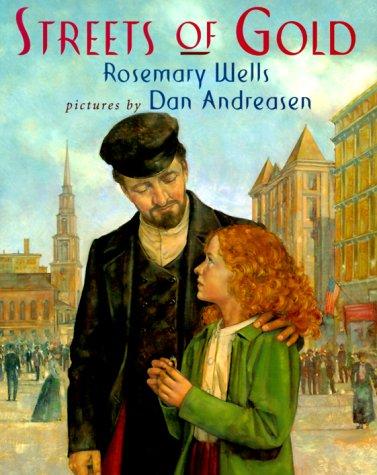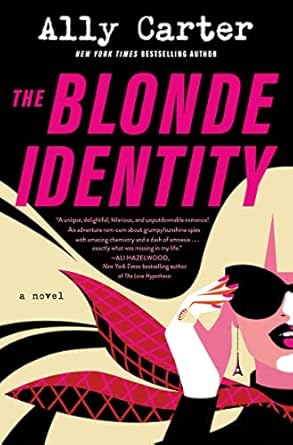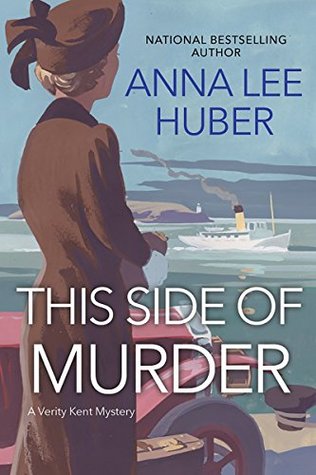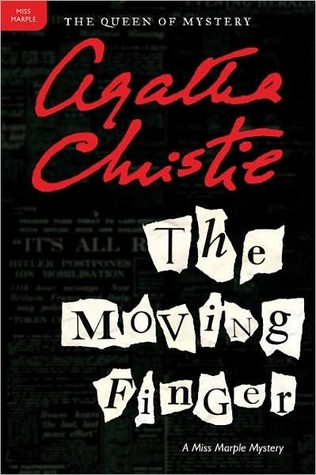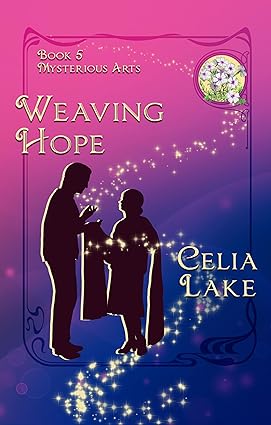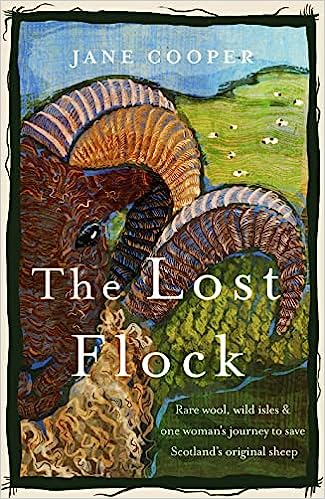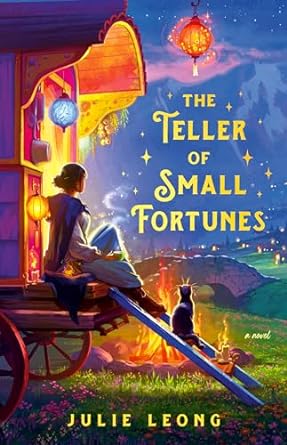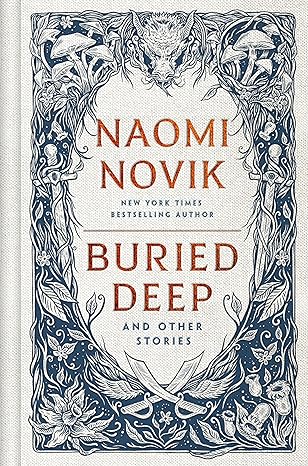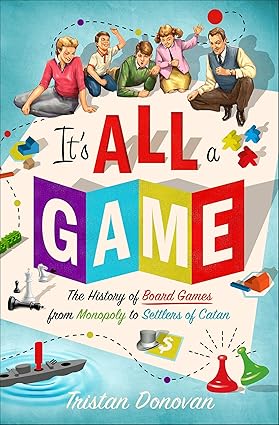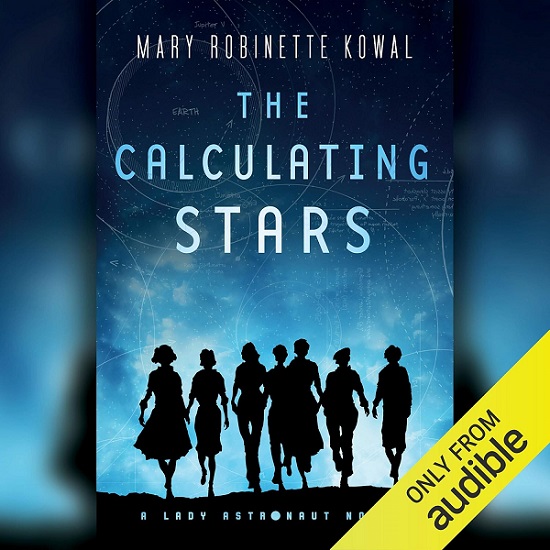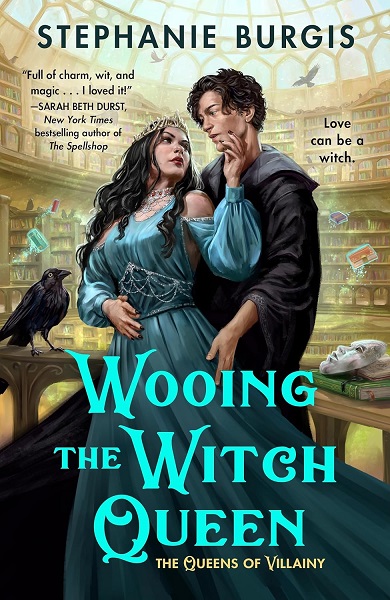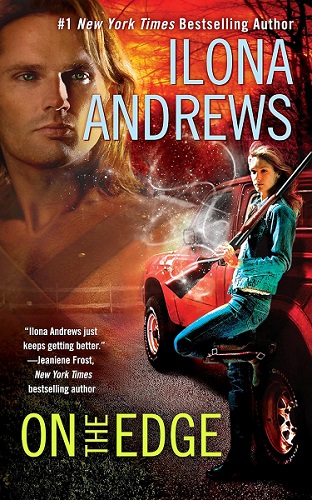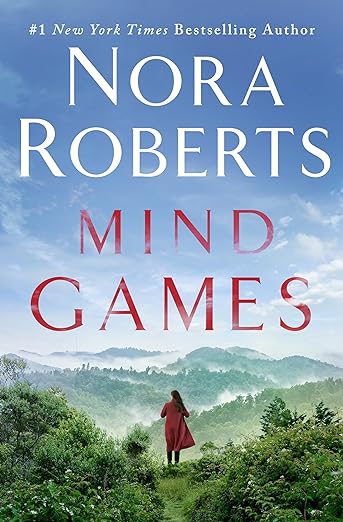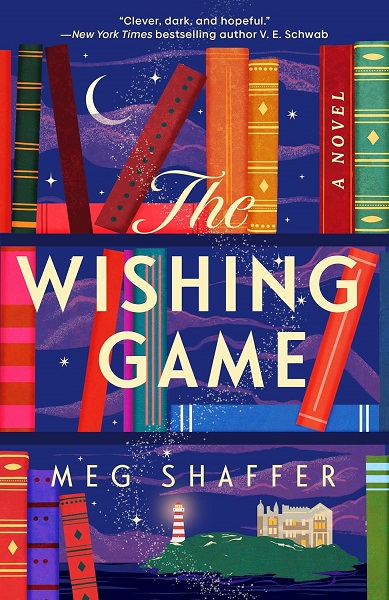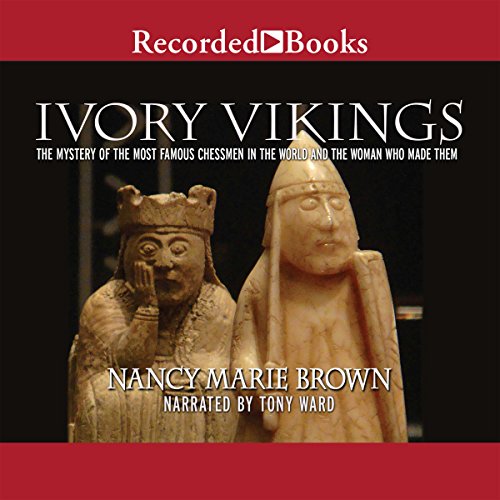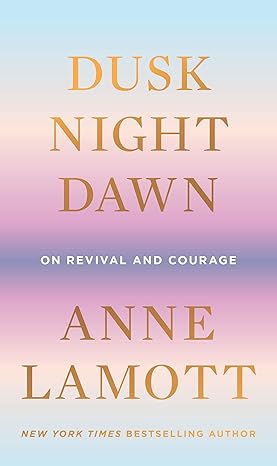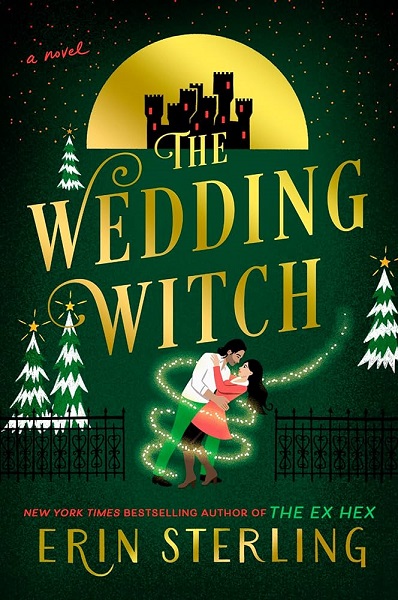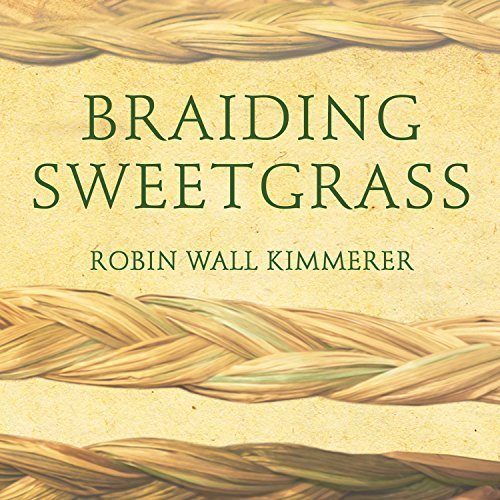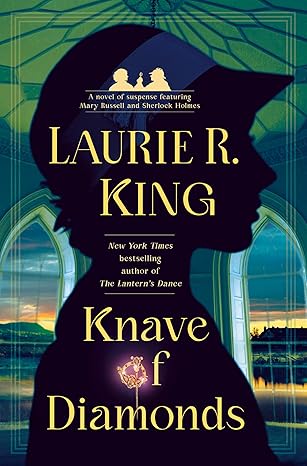Snow Treasure, by Marie McSwigan
 During World War II, Norway sought to protect its gold reserves from the threatened Nazi invasion by shipping millions of dollars’ worth of gold bars to Britain and America. After the invasion, the Norwegian freighter Bomma arrived in Baltimore carrying a cargo of Norwegian gold. “Snow Treasure” is a fictional account of how the gold might have been smuggled out under the occupying soldiers’ noses. The children of a small Norwegian village are recruited to take the gold bricks down the mountain on their sleds, pass the Nazi sentries, and hide the bricks where they can be found by the crew of a small, hidden freighter. The children demonstrate great patriotism, courage, resolution, and resourcefulness in carrying out their mission. When I was teaching, I read this to my third grade classes, who invariably loved it.
During World War II, Norway sought to protect its gold reserves from the threatened Nazi invasion by shipping millions of dollars’ worth of gold bars to Britain and America. After the invasion, the Norwegian freighter Bomma arrived in Baltimore carrying a cargo of Norwegian gold. “Snow Treasure” is a fictional account of how the gold might have been smuggled out under the occupying soldiers’ noses. The children of a small Norwegian village are recruited to take the gold bricks down the mountain on their sleds, pass the Nazi sentries, and hide the bricks where they can be found by the crew of a small, hidden freighter. The children demonstrate great patriotism, courage, resolution, and resourcefulness in carrying out their mission. When I was teaching, I read this to my third grade classes, who invariably loved it.
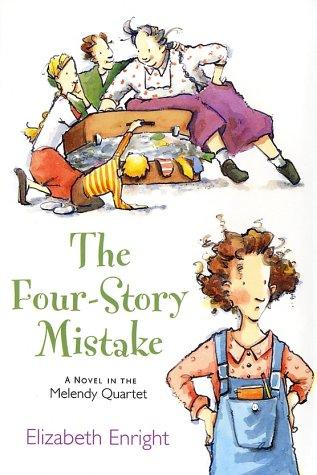 The Saturdays, The Four-Story Mistake, Then There Were Five, and Spiderweb for Two, by Elizabeth Enright
The Saturdays, The Four-Story Mistake, Then There Were Five, and Spiderweb for Two, by Elizabeth EnrightSet during and after World War II, this delightful series chronicles several years in the lives of the Melendy family. In The Saturdays, Mona, Rush, Randy, and Oliver pool their pocket money so each one can have a special outing. The Four-Story Mistake sees them moving to a house in the country, where they make new friends, explore their surroundings, and uncover their house’s surprising secrets. In Then There Were Five, their summer is brightened by their friendship with Mark Herron, an orphaned neighbor with an abusive guardian and a deep appreciation for nature. Spiderweb for Two: A Melendy Maze sends Randy and Oliver on a year-long treasure hunt after their older siblings go off to boarding school. Enright’s portrayal of the Melendys and their adventures is pitch-perfect, blending humor, imagination, excitement, and an occasional soupcon of danger with the perceptions and fleeting magic of childhood.
My Side of the Mountain, by Jean Craighead George
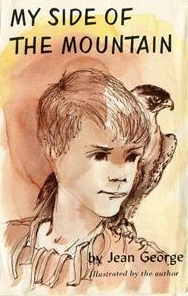 Sam, the eldest son in a large family crowded together in a New York City apartment, runs away to “live off the land” on his ancestral farm in the Catskill Mountains. The author includes accurate, detailed, and fascinating descriptions of how Sam finds food, hollows out a tree to live in, acquires and trains a hawk, and makes his own clothing, blankets, tools, and other necessities. Like the children in Snow Treasure, Sam is resourceful and brave; he’s also knowledgeable enough to survive in the wild. A great read-aloud or read-alone for grades four through seven.
Sam, the eldest son in a large family crowded together in a New York City apartment, runs away to “live off the land” on his ancestral farm in the Catskill Mountains. The author includes accurate, detailed, and fascinating descriptions of how Sam finds food, hollows out a tree to live in, acquires and trains a hawk, and makes his own clothing, blankets, tools, and other necessities. Like the children in Snow Treasure, Sam is resourceful and brave; he’s also knowledgeable enough to survive in the wild. A great read-aloud or read-alone for grades four through seven.
The Incredible Journey, by Sheila Burnford
Two dogs and a cat, left with a friend while their family is in Britain for 6 months, escape and traverse hundreds of miles of Canadian wilderness, surviving floods and encounters with bears, wildcats, and angry farmers in their quest to reach their home. The pets are not anthropomorphized but do have distinct personalities and emotions. Their adventures are thrilling and their eventual triumphant reunion with their family is touching and heartwarming. The reading level is challenging for younger readers, but the story will enthrall them. Back when I was teaching, I read it to my fourth-, fifth, or sixth-grade classes.
Hitty: Her First Hundred Years, by Rachel Field; illustrated by Dorothy Lathrop
Hitty, a small wooden doll, takes the reader on a tour of American history as she recounts her life and adventures. Carved of mountain-ash wood by an old peddler, Hitty starts life as the treasured doll of a New England sea-captain’s daughter. But her life is not as placid as that of most dolls! Her travels take her to India and the South Seas, Philadelphia, New York, and the post-Civil War South. She spends several weeks in a bird’s nest, goes on a whaling expedition, survives shipwreck, and is captured by a native tribe. Although she prefers being a child’s toy, Hitty also serves as a snake-charmer’s assistant, a dressmaker’s miniature dummy, an artist’s model, and a pincushion before finally returning to the New England town of her birth.
Hitty was out of print for many years, but was re-released in paperback in 1998 with the original illustrations. Rosemary Wells’ and Susan Jeffers’ storybook adaptation (1999) alters the story significantly about midway through; I recommend reading the original first.
The Twenty-One Balloons, written and illustrated by William Pène du Bois
A grand if improbable adventure. In 1883, narrator Professor Sherman sets off across the Pacific in a balloon. His goal: to circumnavigate the globe. A month later, he is found in the Atlantic, “clinging to the debris of twenty balloons.” Once back in San Francisco, he tells his remarkable story. Du Bois’ own illustrations are the perfect accompaniment to this unlikely, amusing, and exciting tale.
Streets of Gold, by Rosemary Wells; illustrated by Dan Andreason
Wells recounts the story of Mary Antin, a Russian Jew whose family emigrated to Boston when she was 12 year old. Within six months of her arrival in Boston, Mary had learned English and written a poem which was published in the newspaper. As an adult, she wrote The Promised Land, about her family and her experiences as an immigrant. It is upon that book that “Streets of Gold” is based. Wells’ text and Andreason’s pictures vividly illustrate the conditions which the family fled and the difficulties and joys of emigration and adjustment to a new land.
 During World War II, Norway sought to protect its gold reserves from the threatened Nazi invasion by shipping millions of dollars’ worth of gold bars to Britain and America. After the invasion, the Norwegian freighter Bomma arrived in Baltimore carrying a cargo of Norwegian gold. “Snow Treasure” is a fictional account of how the gold might have been smuggled out under the occupying soldiers’ noses. The children of a small Norwegian village are recruited to take the gold bricks down the mountain on their sleds, pass the Nazi sentries, and hide the bricks where they can be found by the crew of a small, hidden freighter. The children demonstrate great patriotism, courage, resolution, and resourcefulness in carrying out their mission. When I was teaching, I read this to my third grade classes, who invariably loved it.
During World War II, Norway sought to protect its gold reserves from the threatened Nazi invasion by shipping millions of dollars’ worth of gold bars to Britain and America. After the invasion, the Norwegian freighter Bomma arrived in Baltimore carrying a cargo of Norwegian gold. “Snow Treasure” is a fictional account of how the gold might have been smuggled out under the occupying soldiers’ noses. The children of a small Norwegian village are recruited to take the gold bricks down the mountain on their sleds, pass the Nazi sentries, and hide the bricks where they can be found by the crew of a small, hidden freighter. The children demonstrate great patriotism, courage, resolution, and resourcefulness in carrying out their mission. When I was teaching, I read this to my third grade classes, who invariably loved it. The Saturdays, The Four-Story Mistake, Then There Were Five, and Spiderweb for Two, by Elizabeth Enright
The Saturdays, The Four-Story Mistake, Then There Were Five, and Spiderweb for Two, by Elizabeth Enright Sam, the eldest son in a large family crowded together in a New York City apartment, runs away to “live off the land” on his ancestral farm in the Catskill Mountains. The author includes accurate, detailed, and fascinating descriptions of how Sam finds food, hollows out a tree to live in, acquires and trains a hawk, and makes his own clothing, blankets, tools, and other necessities. Like the children in Snow Treasure, Sam is resourceful and brave; he’s also knowledgeable enough to survive in the wild. A great read-aloud or read-alone for grades four through seven.
Sam, the eldest son in a large family crowded together in a New York City apartment, runs away to “live off the land” on his ancestral farm in the Catskill Mountains. The author includes accurate, detailed, and fascinating descriptions of how Sam finds food, hollows out a tree to live in, acquires and trains a hawk, and makes his own clothing, blankets, tools, and other necessities. Like the children in Snow Treasure, Sam is resourceful and brave; he’s also knowledgeable enough to survive in the wild. A great read-aloud or read-alone for grades four through seven.



